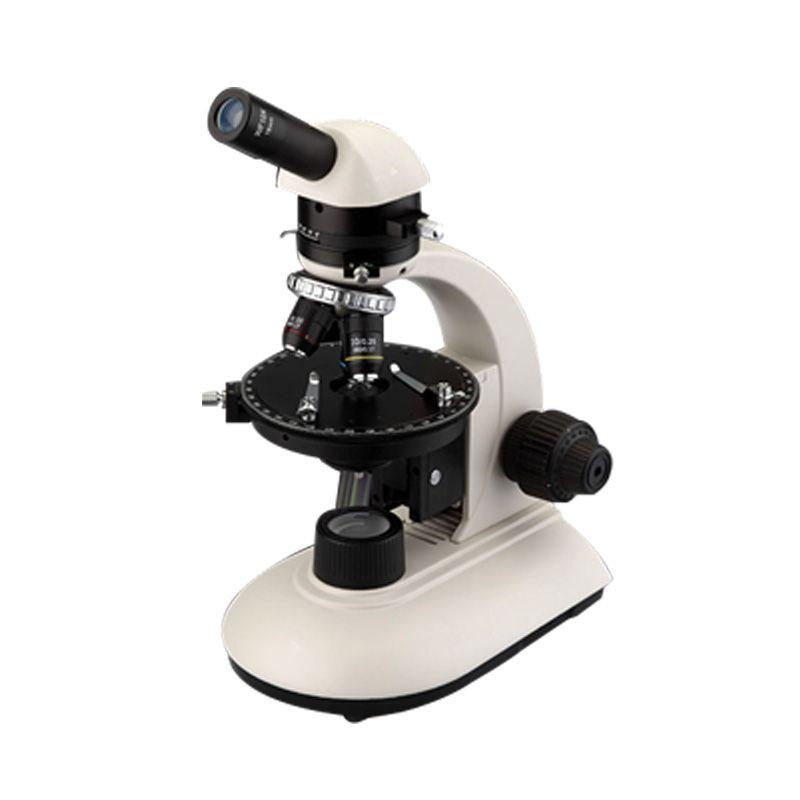What Are Some Limitations of a Polarizing Microscope?

While polarizing microscope is a powerful tool, it does have some limitations that are important to consider:
1. Requires Specialized Equipment:
l Polarizing microscopes are more complex and expensive than standard light microscopes. They require specialized components like polarizers, analyzers, and often a rotating stage.
l This can be a barrier for researchers or institutions with limited budgets.
2. Not Suitable for All Materials:
l Polarizing microscope is only effective for birefringent materials. These are materials that have different refractive indices depending on the direction of light polarization.
l Isotropic materials, which have the same refractive index in all directions, will not exhibit birefringence and will appear dark under crossed polarizers. This limits the types of specimens you can study with this technique.
3. Can Be Challenging to Interpret:
l The images produced by polarizing microscope can be complex and require expertise to interpret.
l Understanding the optical properties of materials and how they interact with polarized light is essential for accurate analysis. This often requires specialized training and experience.
4. Limited Resolution:
l Like other light microscope techniques, polarizing microscopy is limited by the diffraction limit of light. This means it may not be suitable for visualizing very small structures or details.
l If you need higher resolution imaging, other techniques like electron microscopy might be necessary.
5. Sample Preparation:
l Proper sample preparation is crucial for getting good results. The specimen needs to be thin enough for light to pass through, and it may need to be mounted in a specific way to avoid artifacts.
l This can be time-consuming and require specialized skills.
- Art
- Causes
- Crafts
- Dance
- Drinks
- Film
- Fitness
- Food
- Games
- Gardening
- Health
- Home
- Literature
- Music
- Networking
- Other
- Party
- Religion
- Shopping
- Sports
- Theater
- Wellness


